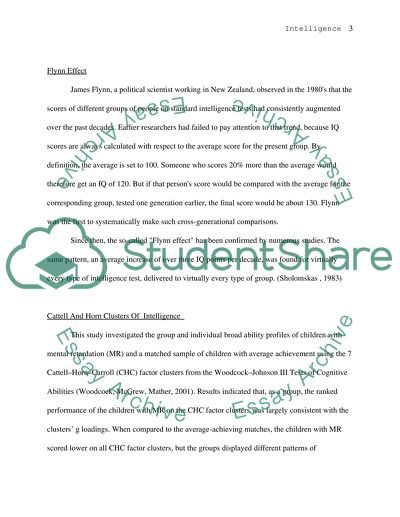Studying Intelligence In The 20th Century Essay Example | Topics and Well Written Essays - 500 words. Retrieved from https://studentshare.org/miscellaneous/1516717-studying-intelligence-in-the-20th-century
Studying Intelligence In The 20th Century Essay Example | Topics and Well Written Essays - 500 Words. https://studentshare.org/miscellaneous/1516717-studying-intelligence-in-the-20th-century.


